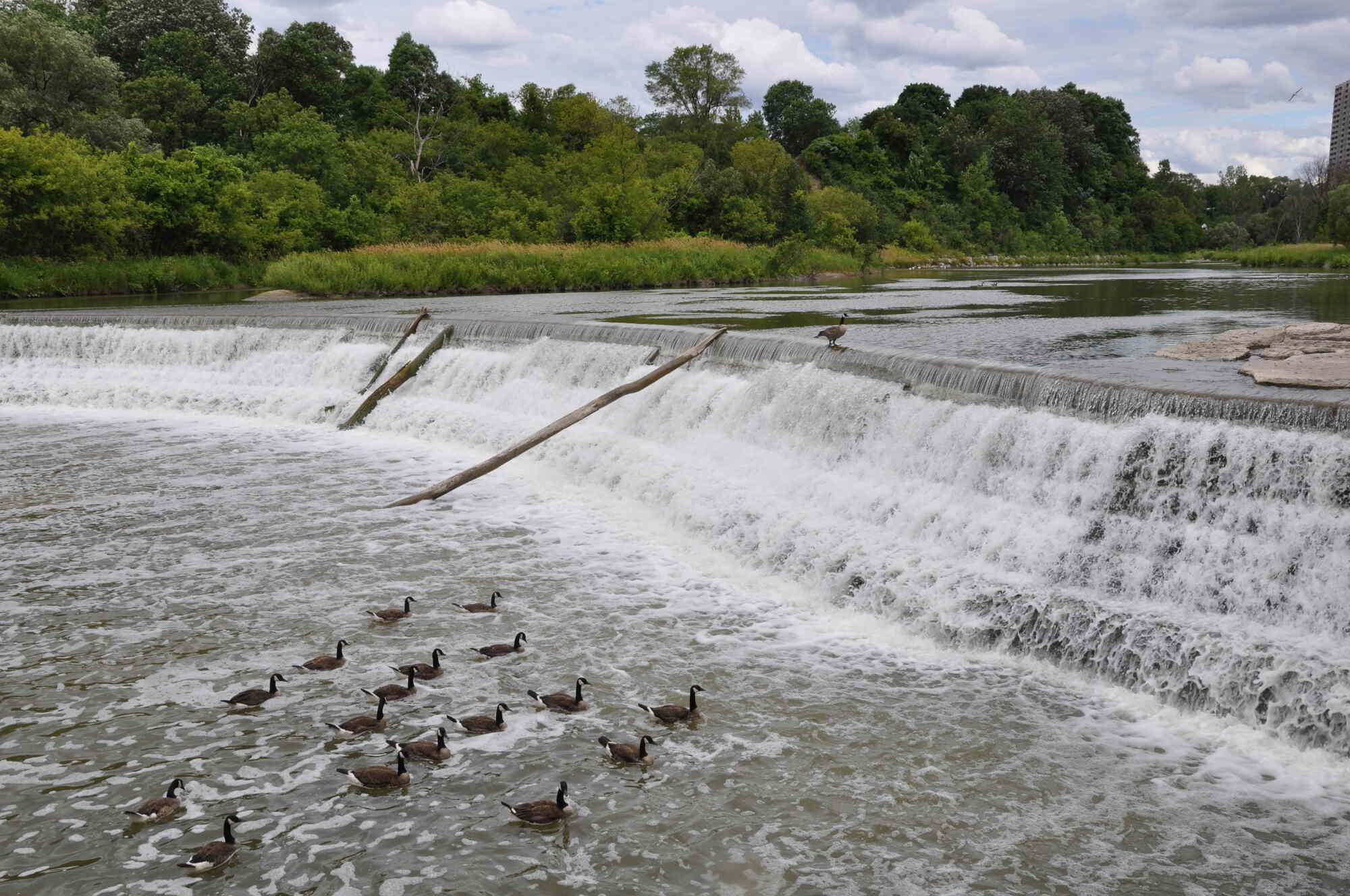
Flood management is a crucial topic that affects millions of people worldwide. Flood management involves a variety of techniques and strategies to control and mitigate the impact of floods. These methods range from engineering solutions like dams and levees to natural approaches such as wetland restoration. Flood management not only protects lives and property but also helps maintain ecological balance. Understanding the basics can help communities prepare better and reduce the devastating effects of floods. This article will provide you with 33 facts about flood management that will broaden your knowledge and perhaps even spark an interest in this vital field.
Understanding Flood Management
Flood management is crucial for protecting lives, property, and the environment. It involves various strategies and technologies to control and mitigate the impacts of floods. Here are some fascinating facts about flood management.
-
Flood management dates back to ancient civilizations. The Mesopotamians and Egyptians built levees and canals to control river flooding.
-
Modern flood management uses advanced technology. Satellite imagery, drones, and geographic information systems (GIS) help monitor and predict floods.
-
Floodplains play a vital role. These areas absorb excess water, reducing the risk of flooding downstream.
-
Levees and dikes are common flood defenses. These structures prevent water from overflowing into populated areas.
-
Wetlands act as natural sponges. They absorb and slowly release floodwaters, reducing peak flow.
-
Urban planning can mitigate flood risks. Designing cities with adequate drainage systems and green spaces helps manage stormwater.
-
Flood forecasting saves lives. Early warning systems give people time to evacuate and protect their property.
-
Climate change affects flood patterns. Rising sea levels and increased rainfall intensity lead to more frequent and severe floods.
Types of Floods
Floods come in various forms, each requiring different management strategies. Understanding these types helps in planning effective flood control measures.
-
River floods are common. They occur when rivers overflow their banks due to heavy rainfall or snowmelt.
-
Flash floods happen quickly. Intense rainfall over a short period can cause sudden flooding, often with little warning.
-
Coastal floods affect shorelines. Storm surges and high tides can inundate coastal areas.
-
Urban floods occur in cities. Poor drainage systems and impermeable surfaces like concrete increase flood risk.
-
Pluvial floods result from heavy rainfall. They happen when rainwater cannot be absorbed by the ground or drained away.
-
Groundwater floods are less common. They occur when underground water levels rise, flooding basements and low-lying areas.
Flood Management Techniques
Various techniques are employed to manage and mitigate floods. These methods range from structural solutions to natural approaches.
-
Dams control water flow. They store excess water and release it gradually to prevent downstream flooding.
-
Retention basins store stormwater. These artificial lakes or ponds hold excess rainwater, reducing flood peaks.
-
Flood barriers protect cities. Movable barriers can be raised to block floodwaters during high tides or storms.
-
Channelization modifies rivers. Straightening and deepening river channels help water flow more efficiently.
-
Afforestation reduces flood risk. Planting trees increases soil absorption and reduces runoff.
-
Rain gardens manage stormwater. These landscaped areas absorb rainwater, reducing urban flooding.
-
Permeable pavements allow water to seep through. They reduce runoff and improve groundwater recharge.
Community Involvement in Flood Management
Communities play a crucial role in flood management. Local knowledge and participation enhance the effectiveness of flood control measures.
-
Community-based flood management is effective. Local residents can identify risks and implement appropriate solutions.
-
Public awareness campaigns save lives. Educating people about flood risks and safety measures reduces casualties.
-
Volunteer groups assist during floods. They help with evacuation, sandbagging, and distributing supplies.
-
Flood insurance provides financial protection. It helps individuals and businesses recover from flood damage.
-
Emergency drills prepare communities. Regular practice ensures people know what to do during a flood.
Innovations in Flood Management
Innovations in technology and engineering are transforming flood management. These advancements improve prediction, prevention, and response.
-
Smart sensors monitor water levels. These devices provide real-time data to predict and manage floods.
-
Artificial intelligence enhances forecasting. AI analyzes weather patterns and predicts flood events with high accuracy.
-
Floating homes adapt to floods. These houses rise with water levels, reducing flood damage.
-
Green roofs absorb rainwater. They reduce runoff and provide insulation for buildings.
-
Flood-resistant building materials are available. Materials like water-resistant drywall and flood barriers protect structures.
-
Early warning apps alert residents. Mobile apps provide timely flood warnings and safety information.
-
International cooperation improves flood management. Countries share knowledge and resources to tackle global flood challenges.
The Power of Flood Management
Flood management is a game-changer for communities worldwide. It saves lives, protects property, and ensures that cities can bounce back quickly after heavy rains. From ancient levees to modern technology, humans have always sought ways to control water. Today, we have advanced systems like flood forecasting, early warning systems, and sustainable urban drainage. These tools help us stay a step ahead of nature's fury.
Understanding flood management isn't just for engineers or city planners. Everyone benefits from knowing how these systems work. It helps us appreciate the infrastructure around us and the efforts that go into keeping us safe. Next time you see a storm drain or a levee, remember the science and planning behind it. Flood management is a testament to human ingenuity and our ability to adapt to nature's challenges. Stay informed, stay safe.
Was this page helpful?
Our commitment to delivering trustworthy and engaging content is at the heart of what we do. Each fact on our site is contributed by real users like you, bringing a wealth of diverse insights and information. To ensure the highest standards of accuracy and reliability, our dedicated editors meticulously review each submission. This process guarantees that the facts we share are not only fascinating but also credible. Trust in our commitment to quality and authenticity as you explore and learn with us.
